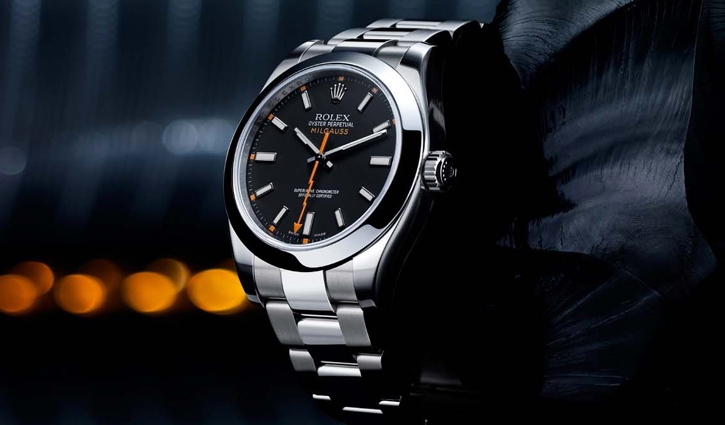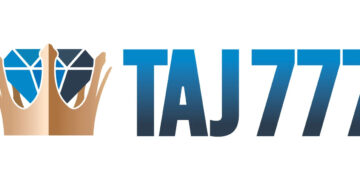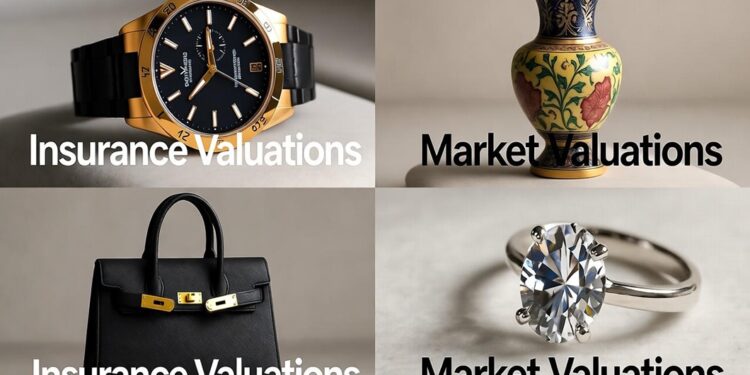Ever wondered why your insurance company quotes a higher value for your assets than what a buyer might offer on the resale market? Or have you ever paid attention to the fact that the art that you bought just a few years ago received a different valuation when you got the insurance done, and it’s the different price that you are getting when planning for an auction? Well, this is a common problem that people face, and this basically is because of the inadequate information that people have on the topic of valuation. This article primarily aims to provide concise information that individuals need for obtaining valuations and comprehending the true value of their assets.
To understand things quickly, there are two important things that you must understand: —there are mainly two main types of valuations—insurance valuations and market valuations—and these two valuations serve different purposes. For example, if you own assets like luxury watches, handbags, or artwork, you might find that their values vary in different situations. It is therefore important to stay aware of what your asset might fetch so that you stay safe from underinsurance, overpayment, or any kind of disappointment when it’s time to sell. Let’s break it down clearly, step by step.
What Is an Insurance Valuation?
When you get the insurance valuation done, it actually determines the replacement cost of an item. This clearly means what amount your stuff would fetch in case it gets lost or stolen. It directly provides you with the value that you can stay assured of in case of unforeseen circumstances. For example, if your Rolex Submariner is stolen tomorrow, the insured amount in Rolex valuation is what you get. If you undervalue your watch, the amount you receive won’t be enough to buy a new replacement watch. To avoid such situations, you must ensure that you have the right insurance valuation and do not incur any losses.

Therefore, this kind of valuation—to be precise, the insurance valuation—prioritizes protection, not profit. The insurance valuations typically include several important pieces of information, such as:
- Full description of the item: materials, model numbers, maker’s marks, and photographs.
- Replacement value based on current retail pricing and market conditions.
- Certification from a professional valuer, often accepted directly by insurers.
Why it matters:
If you do not have the right valuation, then there can be several problems that you might face. Many people struggle to calculate the potential losses they could face from theft, loss, or robbery of luxury items such as jewellery, art, handbags, or watches; thus, understanding the importance of accurate valuations for these assets is crucial.
- When you are looking for getting the watch valuation done, keep in mind that they can increase by 10–20% within a year for brands like Rolex or Patek Philippe.
- Handbag valuations depend on various factors and fluctuate significantly depending on scarcity and fashion trends (think limited-edition Hermès or Chanel).
- When you talk specifically about the art valuations, they fluctuate significantly depending on the artist’s popularity, auction results, and exhibition history.
What Is a Market Valuation?
A market valuation is the estimated price you could get if you sell or auction your items. To clarify, the market valuation you determine for your assets is often lower than the insurance valuations provided for the same assets. The primary reason for this difference is that when you sell an asset, it is considered a second-hand item in the market, which significantly reduces its value; however, insurance valuations do not account for this depreciation because they are based on the retail replacement value of your jewellery, intended solely for security rather than resale.
Let’s understand this concept with the help of an example.
- Insurance valuation: £18,000 (retail replacement value).
- Market valuation: £14,500 (average auction resale value).
Both numbers are “correct”—they just serve different purposes.
Summing Up
To sum up, not every valuation that you get done fetches the same value, and therefore it becomes extremely important to ensure that you get the valuation done which you think is of more need to you. Having a clear idea always helps in making correct decisions. So next time you check your jewellery, watch, or glance at your artwork, ask yourself: Am I covered for what it’s truly worth?

















